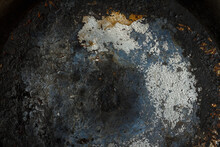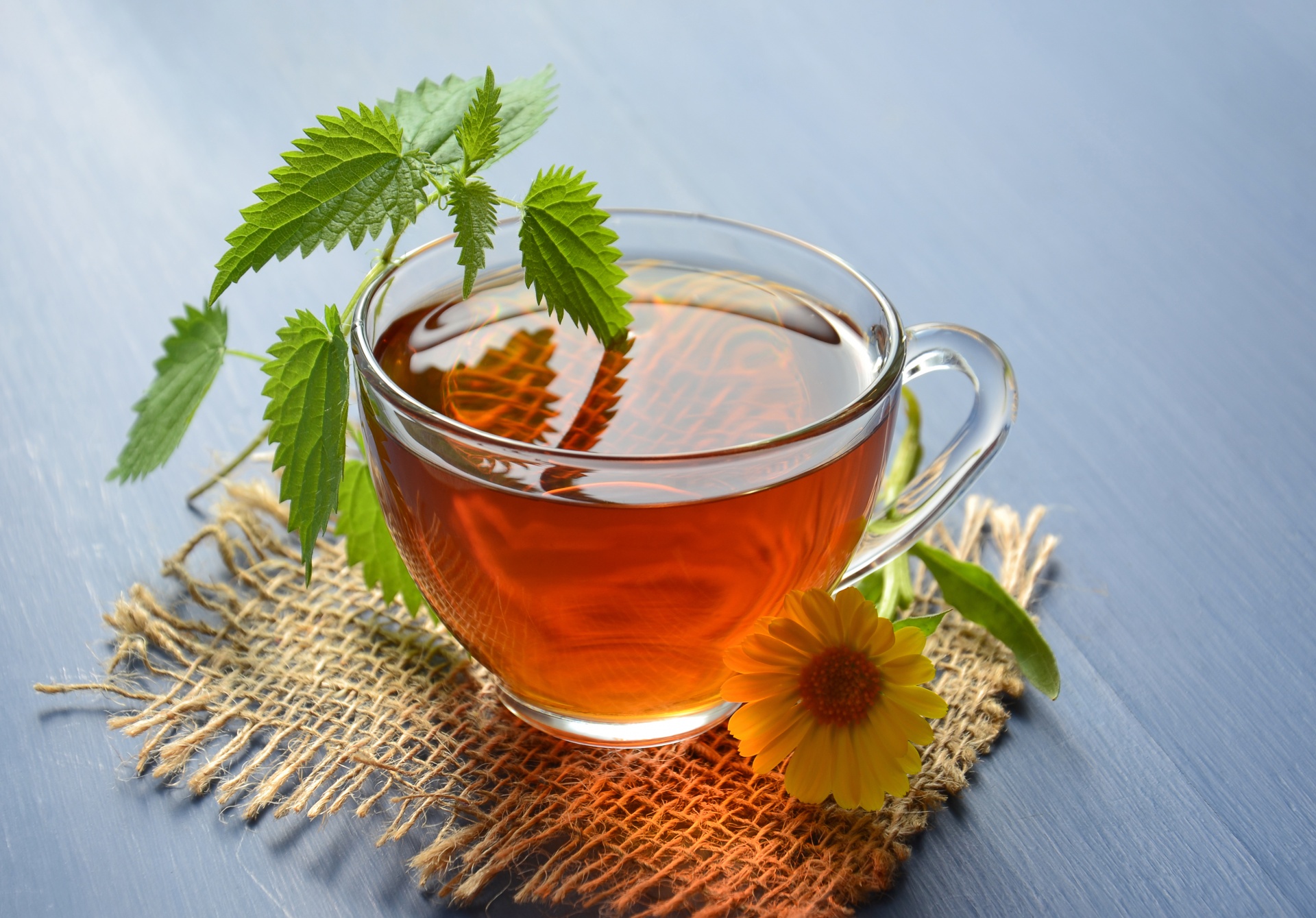Is It Better To Dye Clean Or Dirty Hair?
When it comes to dyeing your hair, there are many factors to consider. One common question that arises is whether it is better to dye clean or dirty hair. Some people believe that dyeing dirty hair can yield better results, while others argue that clean hair is the way to go. In this article, we will explore the pros and cons of dyeing both clean and dirty hair, backed by research and expert opinions.
The Case for Dyeing Clean Hair
Many hairstylists and experts recommend dyeing clean hair for several reasons:
- Even color distribution: Clean hair allows for better color penetration and even distribution of the dye. When the hair is free from product buildup, oils, and dirt, the dye can adhere to the strands more effectively, resulting in a more uniform and vibrant color.
- Accurate color representation: Dyeing clean hair provides a more accurate representation of the color you are aiming for. Any residue or impurities on dirty hair can alter the final color outcome, making it difficult to achieve the desired shade.
- Reduced risk of damage: Clean hair is generally healthier and less prone to damage. By dyeing clean hair, you minimize the risk of further weakening or damaging your strands, as the dyeing process itself can be harsh on the hair.
While dyeing clean hair has its advantages, there are also arguments in favor of dyeing dirty hair. Let’s explore the other side of the debate.
The Case for Dyeing Dirty Hair
Some hairstylists and individuals prefer dyeing dirty hair due to the following reasons:
- Protective barrier: The natural oils and buildup on dirty hair can act as a protective barrier against the harsh chemicals present in hair dye. This barrier can help minimize damage and reduce the risk of hair breakage during the dyeing process.
- Enhanced color uptake: Dirty hair is more porous, allowing it to absorb the dye more effectively. This can result in a more intense and longer-lasting color, especially for individuals with resistant or hard-to-dye hair.
- Less scalp sensitivity: Some people find that dyeing dirty hair reduces scalp sensitivity and discomfort during the coloring process. The natural oils on the scalp can provide a soothing effect and act as a buffer between the dye and the skin.
While these arguments may seem compelling, it is important to consider the potential drawbacks of dyeing dirty hair as well.
The Drawbacks of Dyeing Dirty Hair
Despite the potential benefits, dyeing dirty hair can have its downsides:
- Inconsistent color results: The presence of oils, product buildup, and dirt on dirty hair can interfere with the dye’s ability to penetrate evenly. This can lead to patchy or uneven color results, making it difficult to achieve the desired look.
- Unpredictable color outcomes: The natural oils and impurities on dirty hair can react with the dye in unexpected ways, resulting in color variations or undesired tones. This can be particularly problematic if you are aiming for a specific shade.
- Difficulty in application: Dyeing dirty hair can make the application process more challenging. The presence of oils and buildup can make it harder for the dye to spread evenly, leading to missed spots or uneven coverage.
Expert Opinions and Recommendations
While the debate between dyeing clean or dirty hair continues, many experts lean towards dyeing clean hair for optimal results. They emphasize the importance of starting with a clean canvas to achieve the desired color outcome.
However, it is worth noting that individual hair types and textures can influence the effectiveness of dyeing clean or dirty hair. For example, individuals with coarse or resistant hair may benefit from dyeing dirty hair to enhance color uptake, while those with fine or porous hair may achieve better results with clean hair.
Frequently Asked Questions (FAQ)
1. Does dirty hair hold color better?
While some argue that dirty hair holds color better due to its porous nature, it can also lead to inconsistent color results and unpredictable outcomes. Dyeing clean hair generally provides more reliable and accurate color representation.
2. Can I dye my hair without washing it?
It is generally recommended to wash your hair before dyeing it to remove any product buildup, oils, or dirt. Clean hair allows for better color penetration and even distribution of the dye.
3. Will dyeing dirty hair damage it more?
Dyeing dirty hair can potentially lead to more damage, as the presence of oils and buildup can interfere with the dye’s ability to penetrate evenly. Starting with clean hair reduces the risk of further weakening or damaging the strands.
4. Can I use dry shampoo before dyeing my hair?
It is best to avoid using dry shampoo before dyeing your hair, as it can create a barrier that hinders the dye’s ability to penetrate the strands effectively. Opt for a regular shampoo and ensure your hair is thoroughly clean before dyeing.
5. Does the type of hair dye affect whether I should dye clean or dirty hair?
The type of hair dye you use does not significantly impact whether you should dye clean or dirty hair. Regardless of the dye type, starting with clean hair allows for better color representation and more even results.
6. Can I dye my hair immediately after washing it?
It is generally recommended to wait at least 24 to 48 hours after washing your hair before dyeing it. This allows the natural oils to replenish, providing a protective barrier and reducing scalp sensitivity during the dyeing process.
Summary
When it comes to dyeing your hair, the debate between clean and dirty hair continues. While dyeing clean hair allows for even color distribution, accurate color representation, and reduced risk of damage, dyeing dirty hair can provide a protective barrier, enhanced color uptake, and less scalp sensitivity.
Ultimately, the decision of whether to dye clean or dirty hair depends on individual hair types, textures, and personal preferences. It is advisable to consult with a hairstylist or colorist who can assess your hair and provide tailored recommendations for the best dyeing approach.
Remember, regardless of whether you choose to dye clean or dirty hair, always follow the instructions provided with the hair dye product and take proper precautions to minimize damage and achieve the desired results.




